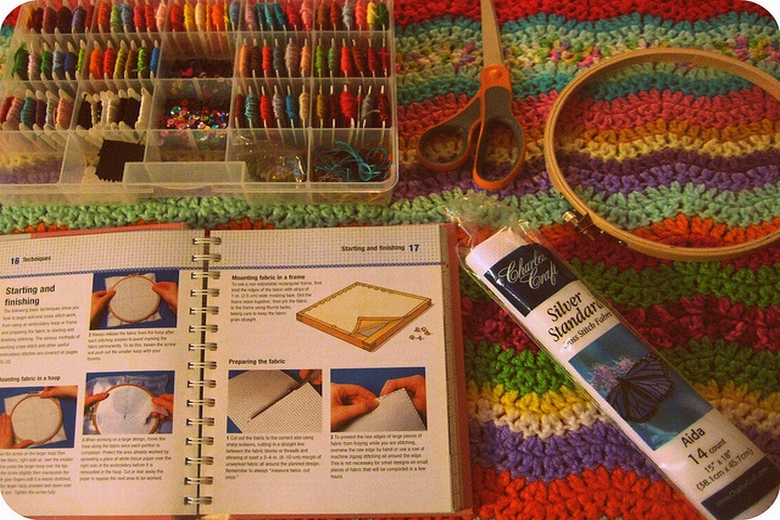
How to Buy the Right Cross Stitch Supplies
Do you want to start cross stitching as your new hobby? Are you unsure about the kind of supplies you need? If you’re a newbie who is testing these new murky waters with thread and needle, you’ve landed in just the right place because here you’ll find out all about the cross stitch supplies that you will be needing to begin all kinds of cross stitch projects. Your needle work can be as creative as you want it to be provided you begin with the right kinds of tools. Just follow the pattern and you’ll be good to go.
List of Supplies for Cross Stitch Patterns
- Embroidery Floss
- Small pieces of Charles Craft, Monaco, Linen or DMC fabric
- Tapestry needles
- Embroidery Scissors
- Needle Threader
- Embroidery scroll, hoop or stretcher bars
- Additional tools and supplies to make stitching that much more fun
- Needle case with a magnetic catch
- Stitchbow systems
- Armchair Organizer
- Needlework storage
- Magnification tools
Choice of Thread
Embroidery floss is suitable for most cross stitch patterns. Whenever you go to purchase such floss, make sure to buy the one with the finest quality. Egyptian thread is very popular in this regard as the most popular companies in the world use this kind of thread to produce threads with the longest staples. Also, manufacturers like DMC offer over 450 different colors of threads.
On an average, the floss thread is composed of six strands. You can vary the thickness of the stitching by changing the number of strands in each floss length. Also, if you’re starting out new, there are several instruction manuals and charts that you can use to check what kind of floss will work best with the cross stitch pattern that you have in mind.
There are many different types of floss available in the market today such as:
- Color Variations
- Light Effects
- Satin
Top quality embroidery floss is finely wound and consists of six strands that are twisted with great care towards the quality of the fabric weave. Also, the brilliant colors, quality of the dye and the luster of the fabric itself make this floss a popular choice with most embroiderers. You can make all kinds of patterns with floss that is fade resistant and has fast colors.
Choice of Fabric
For all kinds of cross stitch projects, evenweave fabric is the best choice. Beginners should start with cotton Aida because it is stiffer, has a better grip and is easier to handle. Also, the square pattern makes it easier to view the stitch holes, keep track of thread count and ensure that a uniform number of holes cover per square inch of the fabric. Commonly, embroiderers go for 11, 14, 16 and 18 holes per inch square. Naturally, newbies go for a smaller number of holes and theirs are relatively larger in size as compared to veteran embroiderers. The good thing about Charles Craft Aida is that they have a very refined finish and come in a rainbow of colors.
Picking the Perfect kind of Needle
Tapestry needles work best for most patterns in cross stitch. Such a needle has a longer eye which makes threading easier. The blunt tip goes through the fabric easily and keeps the holes in the fabric firm and small. You may come across tapestry needles with different numbers. The number represents the thickness of the needle and the length of the eye. Also, the smaller the eye is, the thinner will be the needle.
The needle case is a must have to keep these needles safe and secure in one place.
Design Chart for Cross Stitching
The design chart is rich in information that any embroider might need to complete a design. You can learn the thread count, the type of needle that you should use and the fabric color and type. Also, the squares on the chart are drawn to be identical to the squares on the fabric so that each stitch corresponds to a symbol on the chart. This makes copying the design that much easier for embroiders especially if they are new to the art.
Stretcher Bars, Scroll Bars and Hoops
The neatness of the design largely depends on the tautness of the fabric while the stitches are being made on it. The tension keeps the stitches firm and even and ensures that the hand doesn’t slip while making the series of knots and stitches to fill the design.
These are some of the basic cross stitch supplies that you’ll need to start out on all kinds of patterns. As your work becomes finer and cleaner, you can gear up with more sophisticated equipment and embark on the journey of creative thread and needle work. Happy Embroidery, folks!


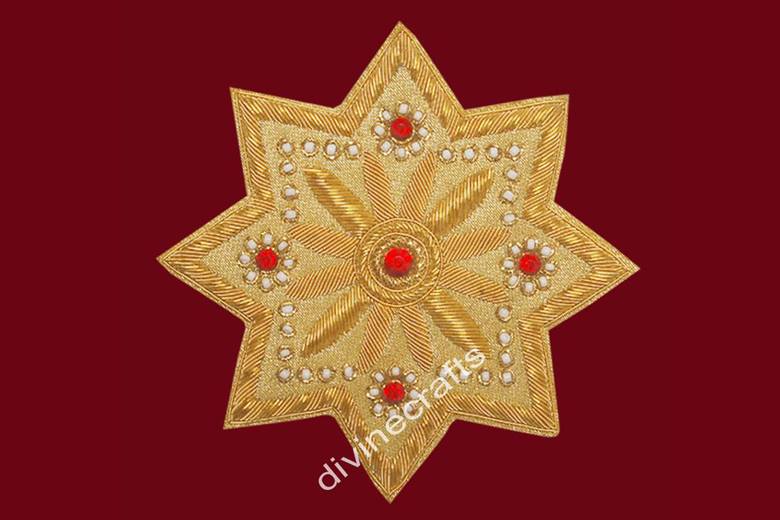
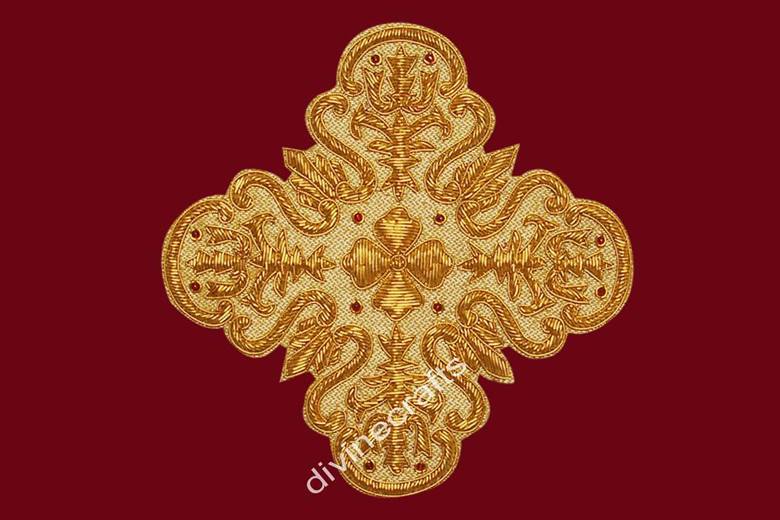
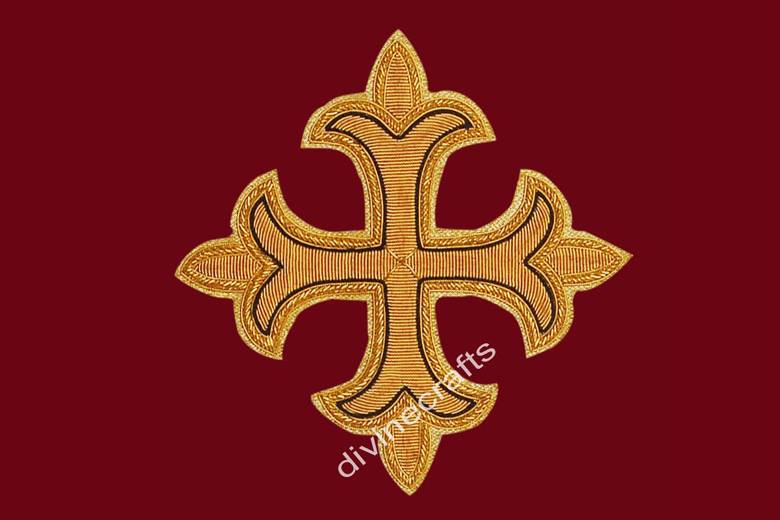
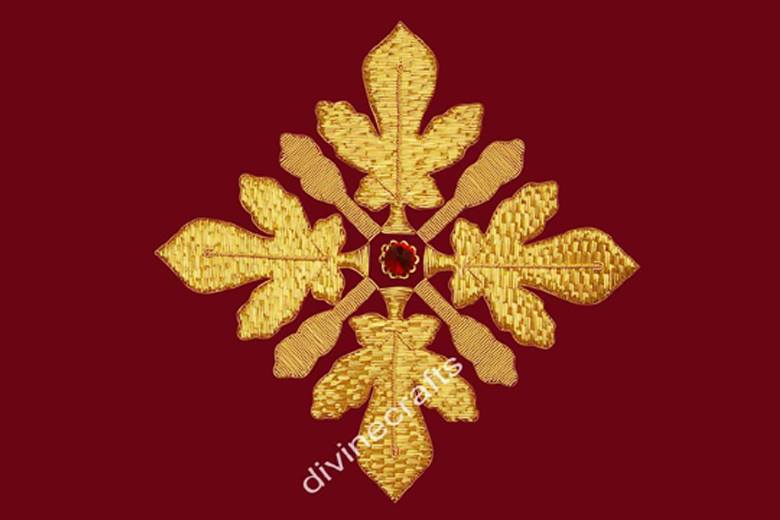
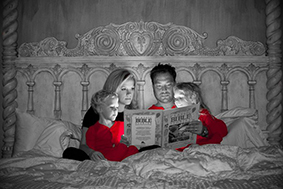
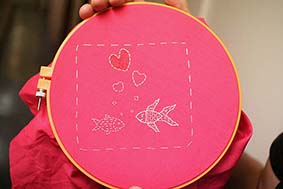
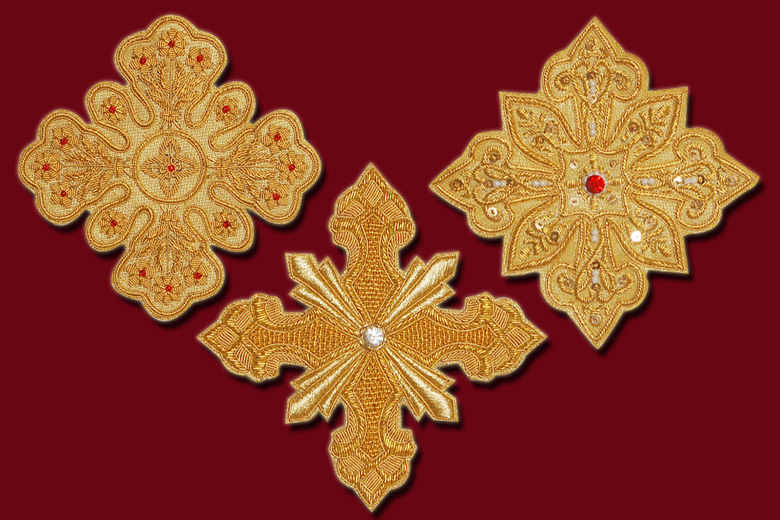
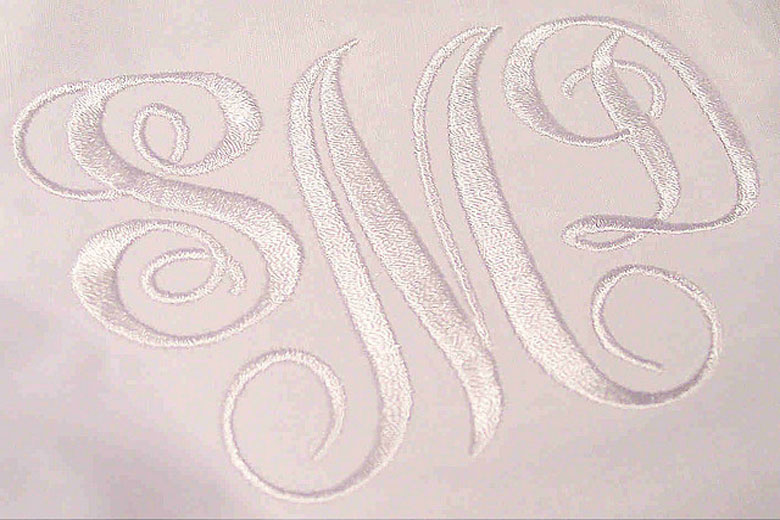


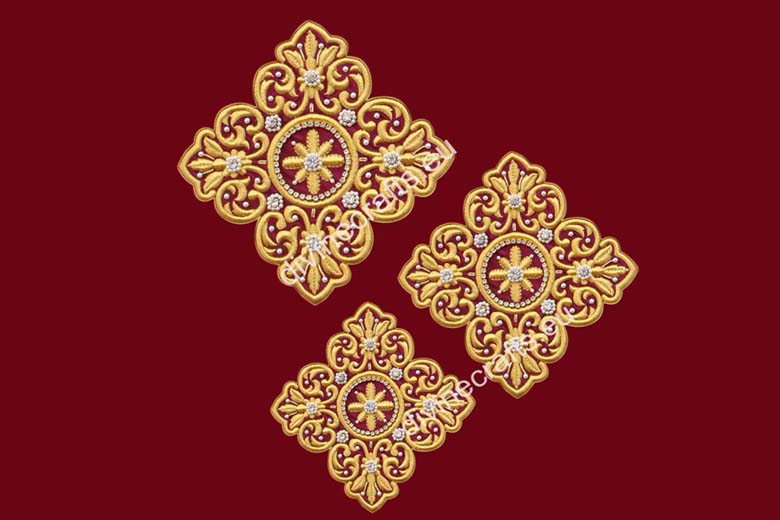

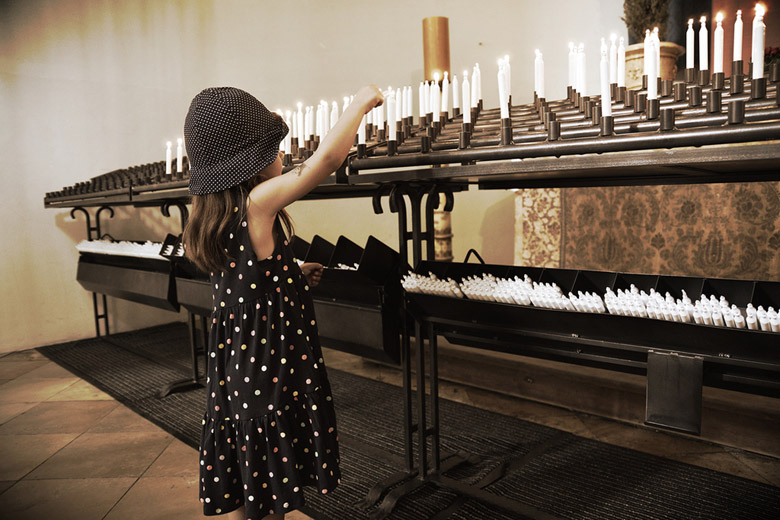
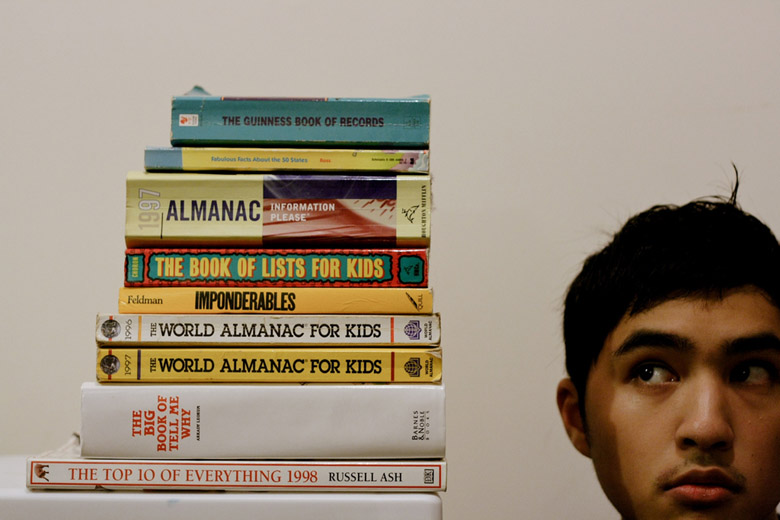
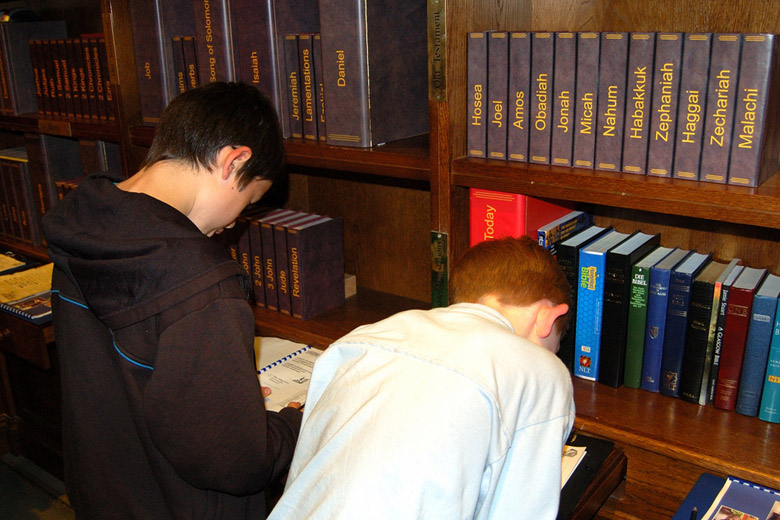
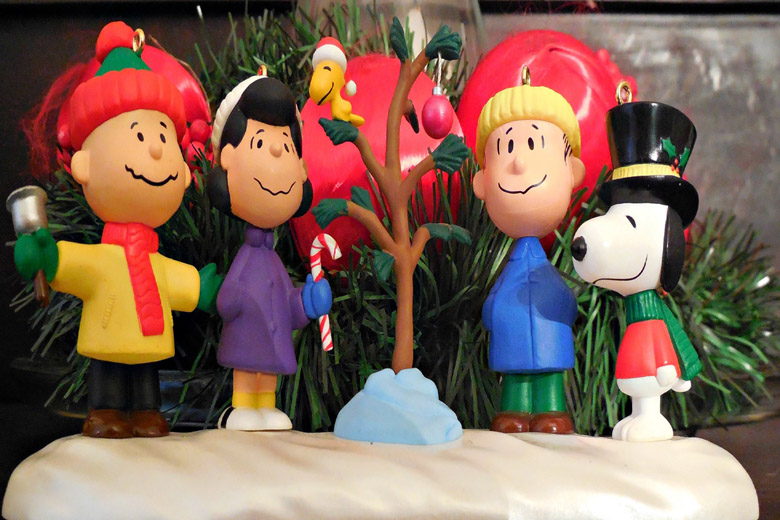



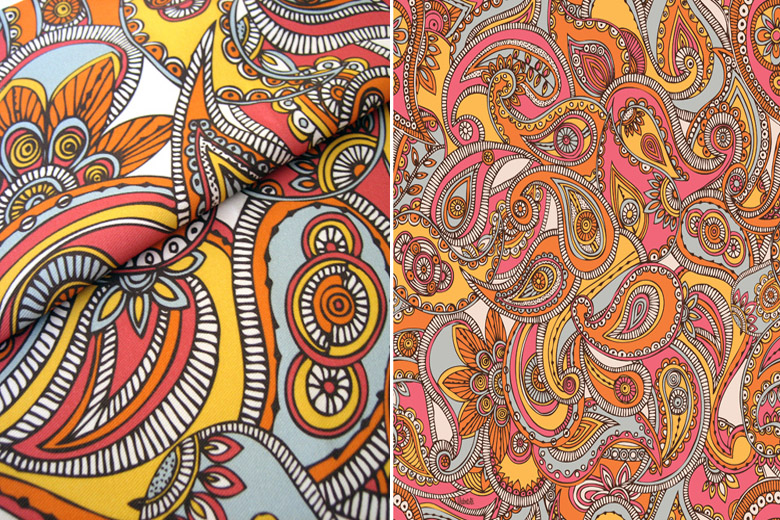

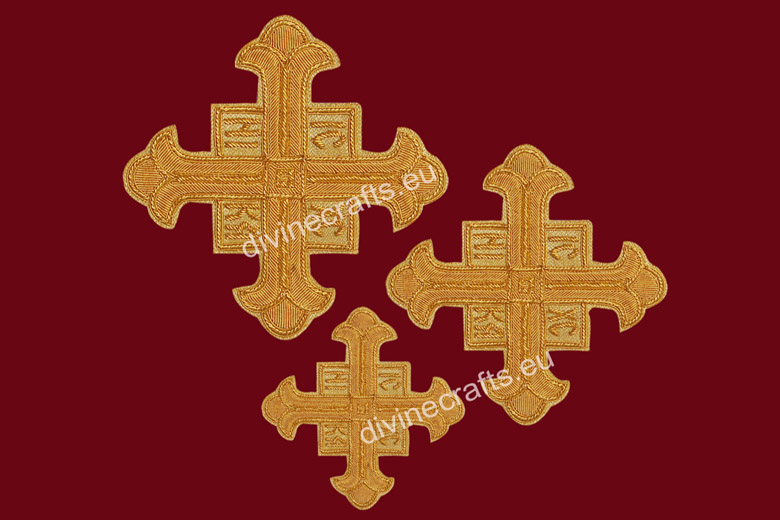
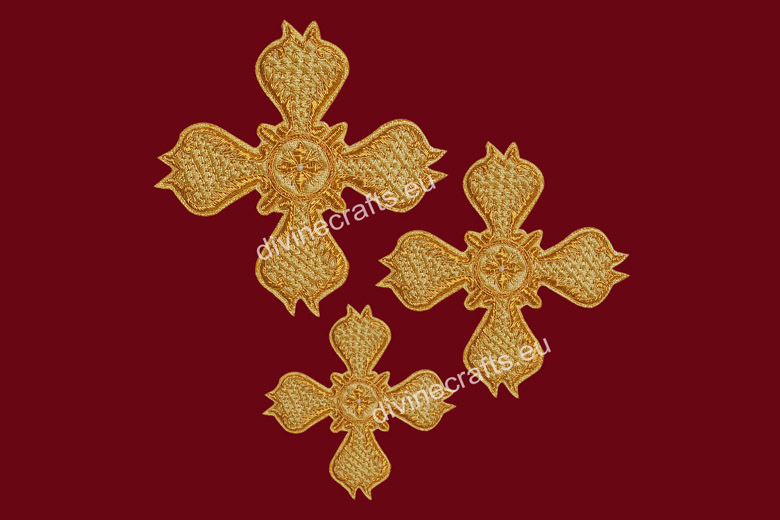

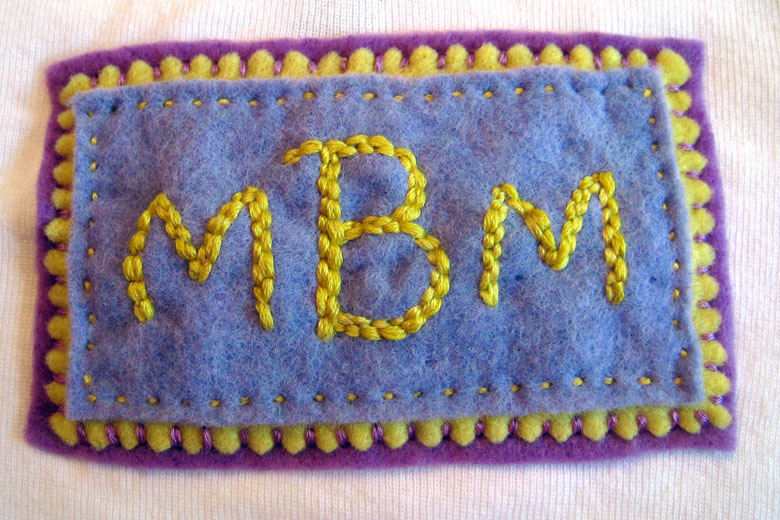

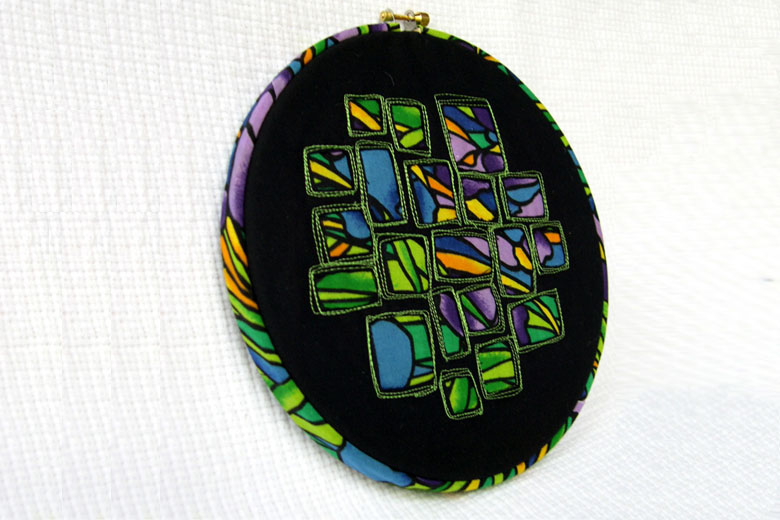
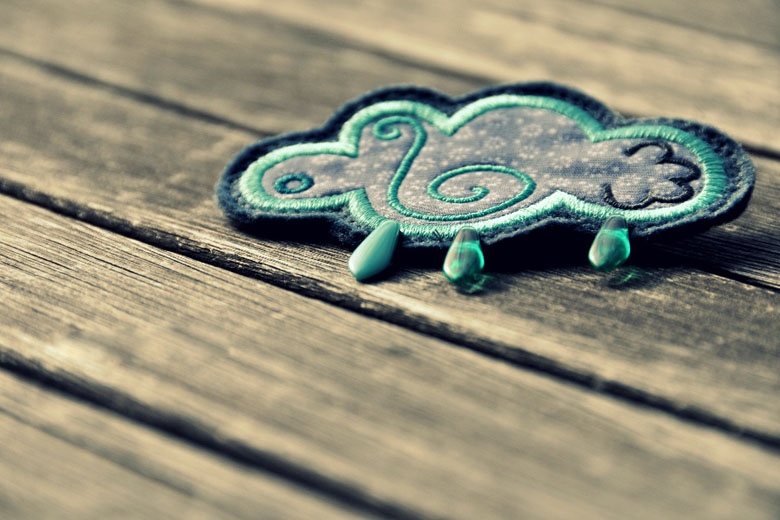
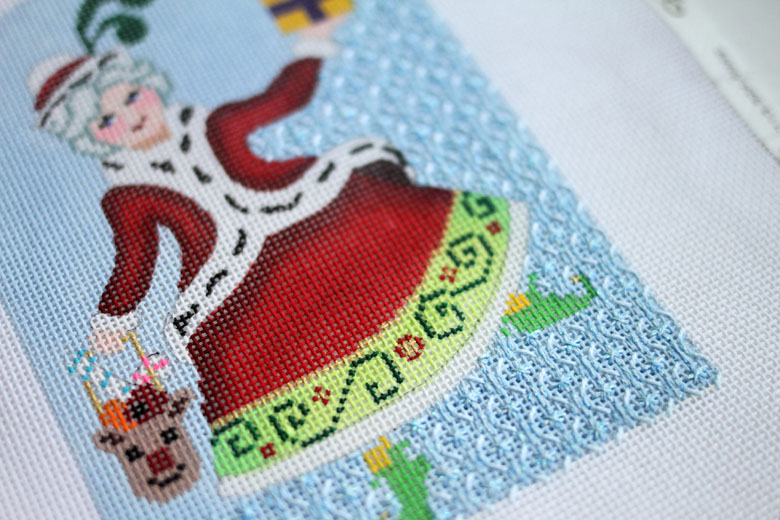
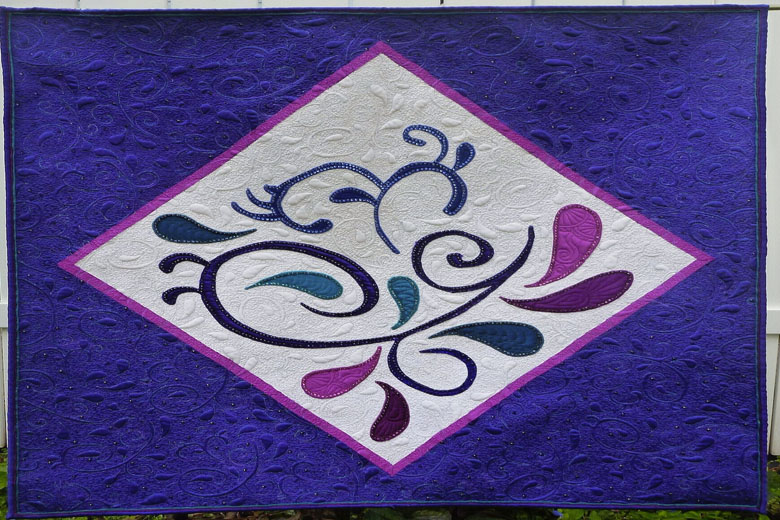
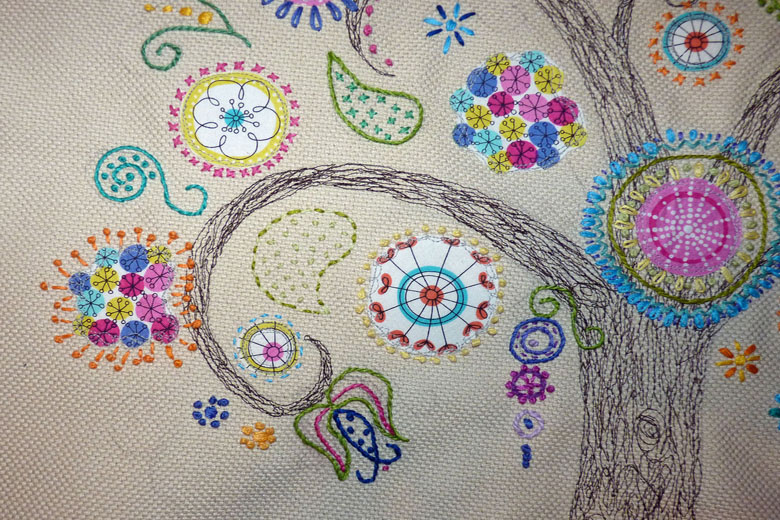
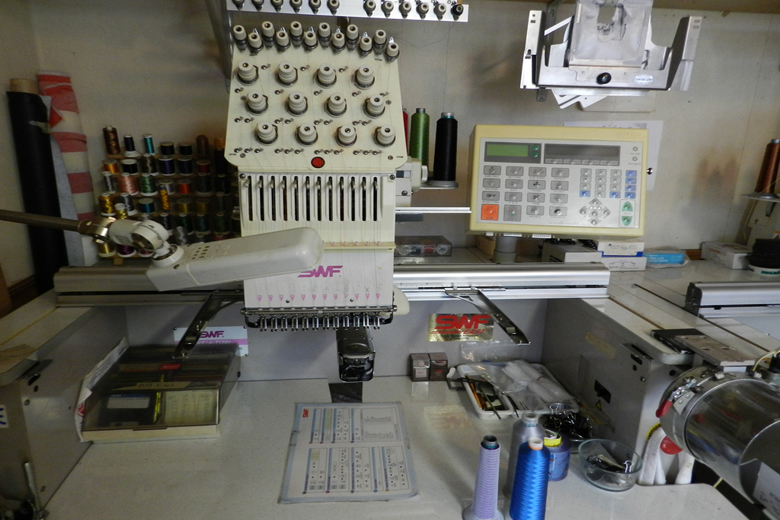
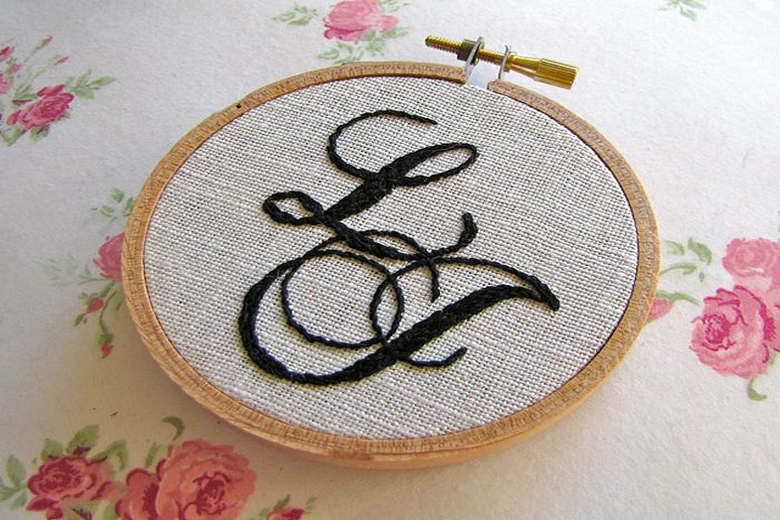
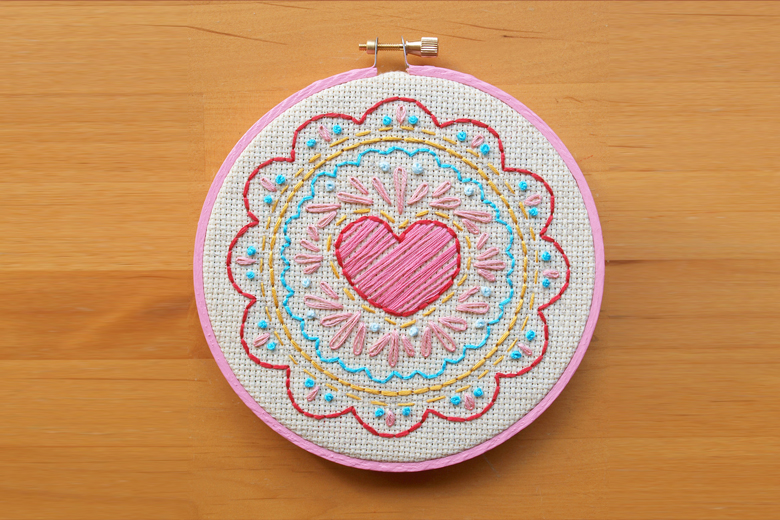


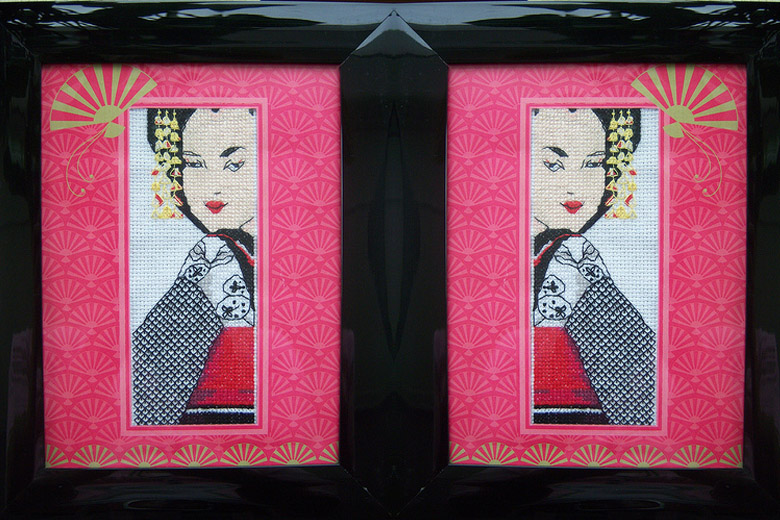
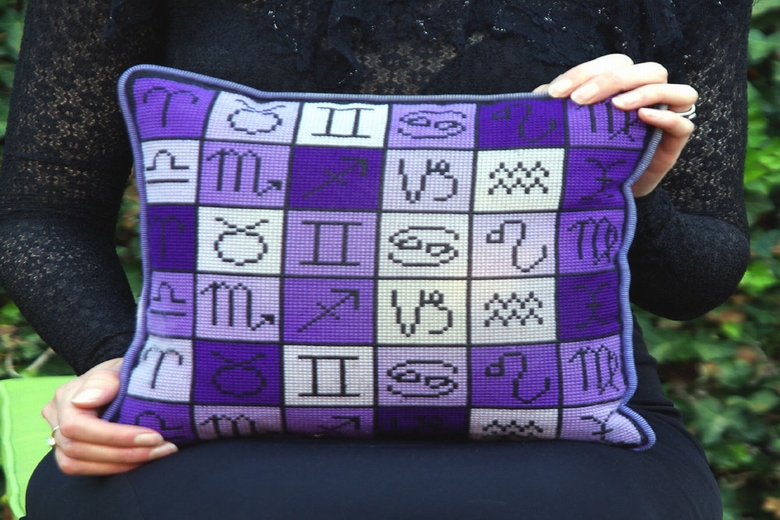
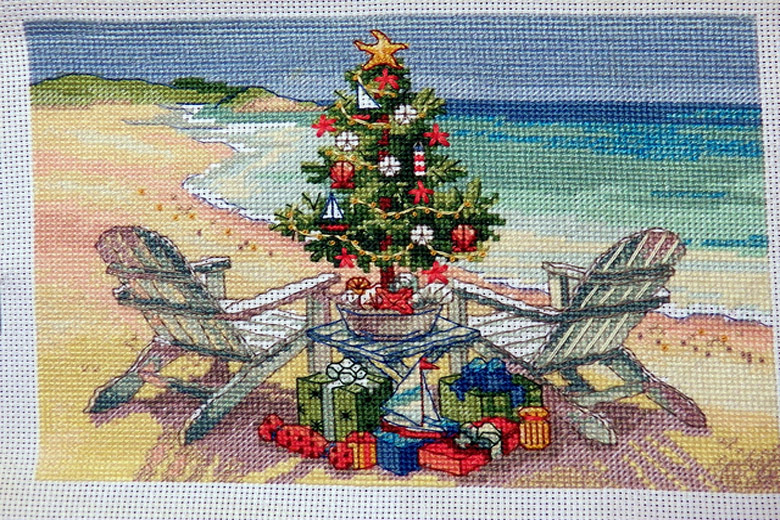
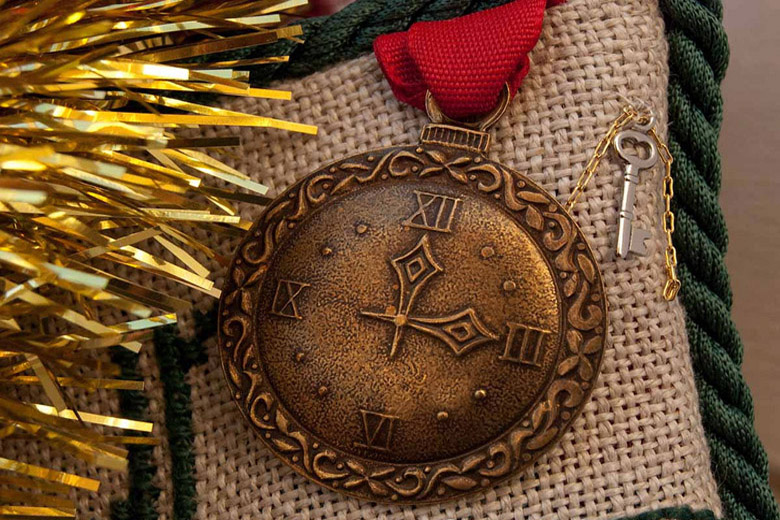


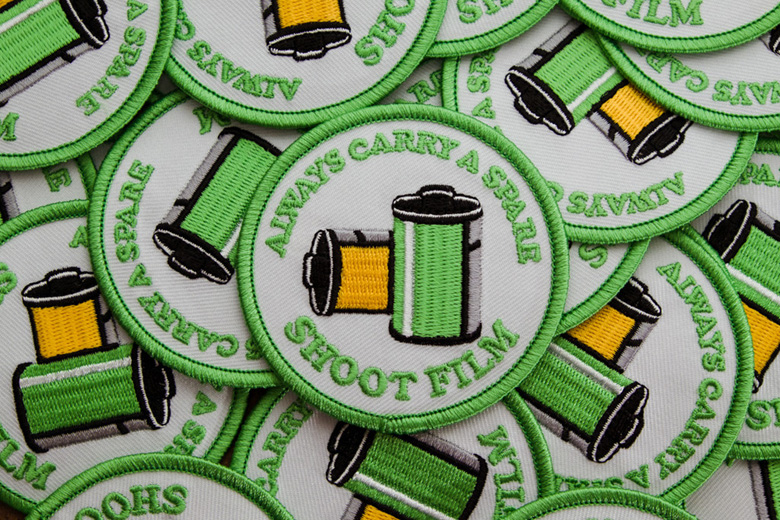
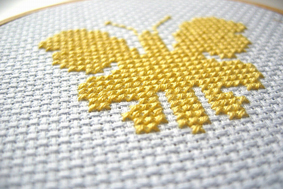
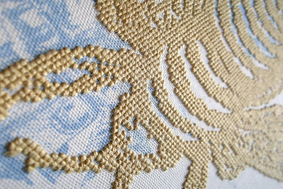

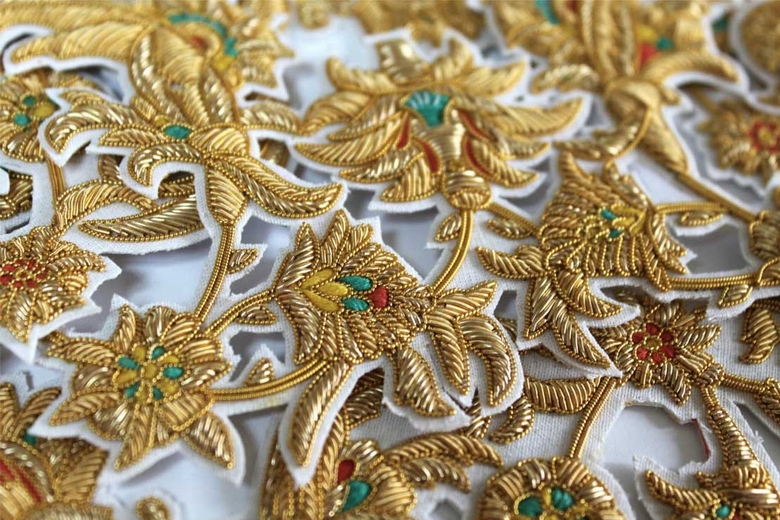
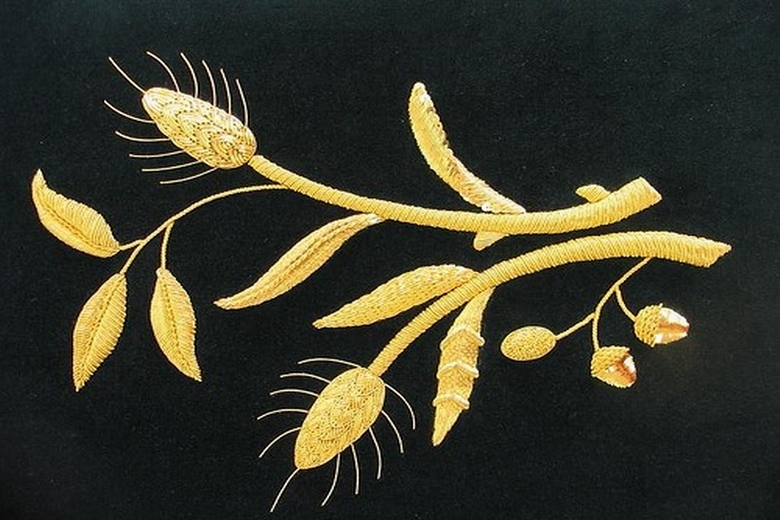
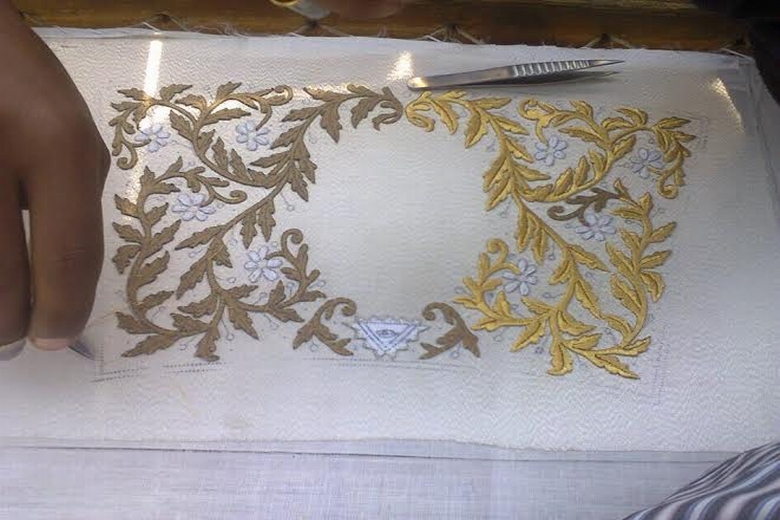
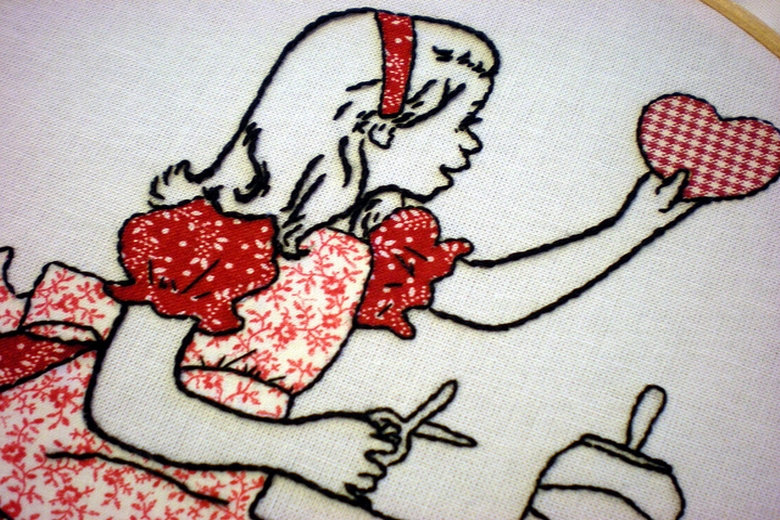
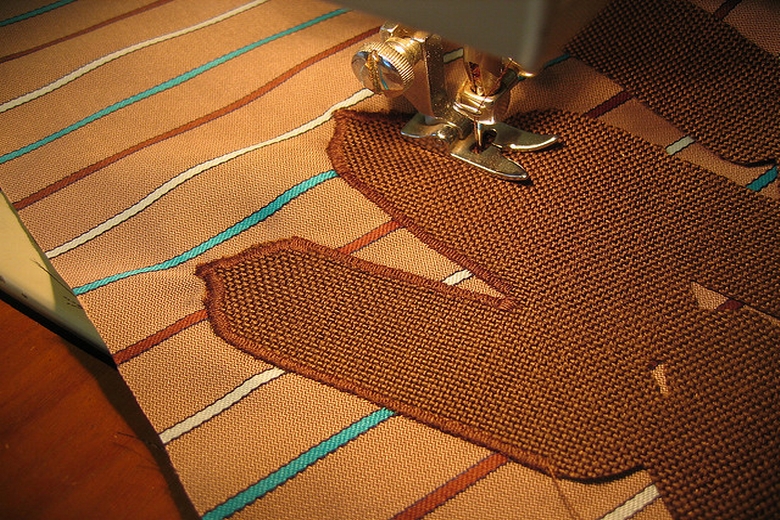
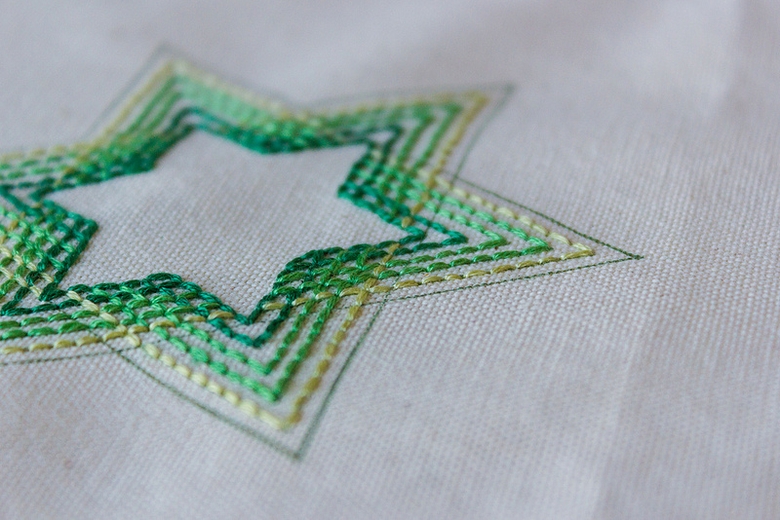
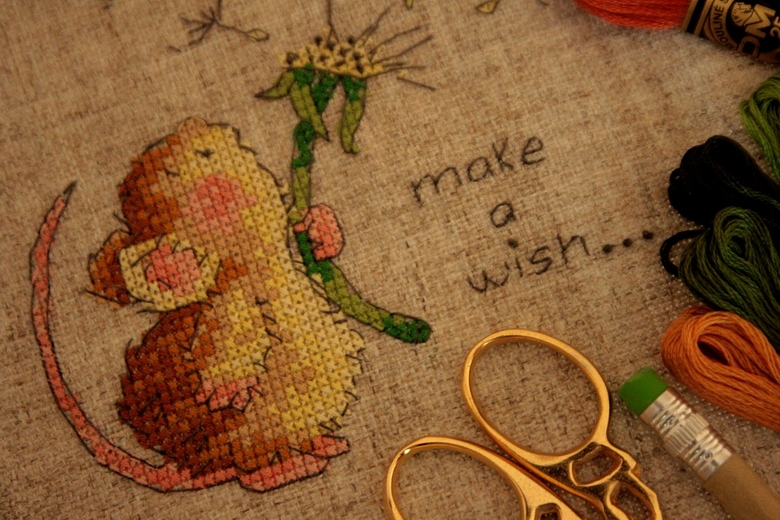

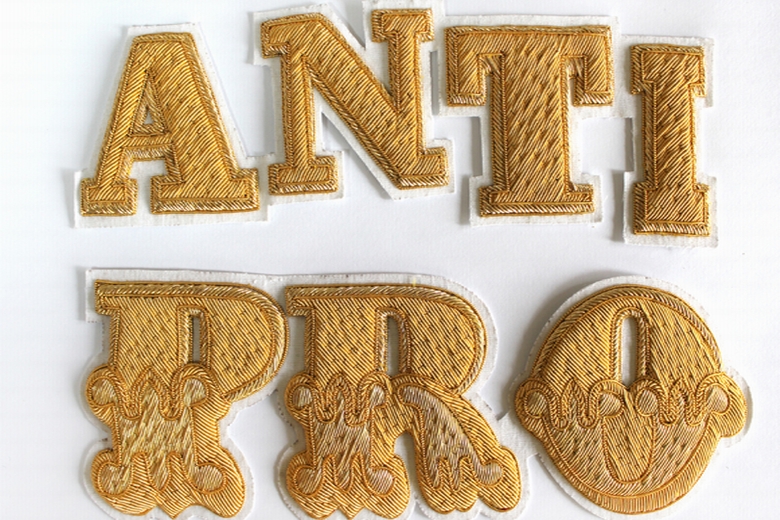
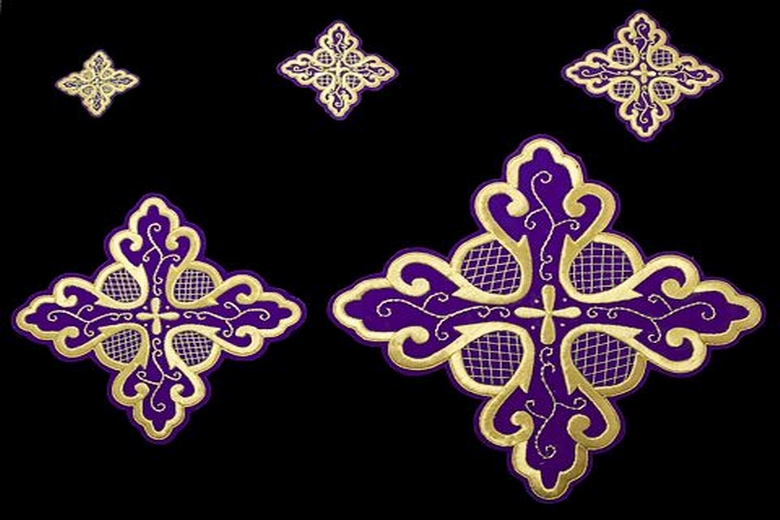

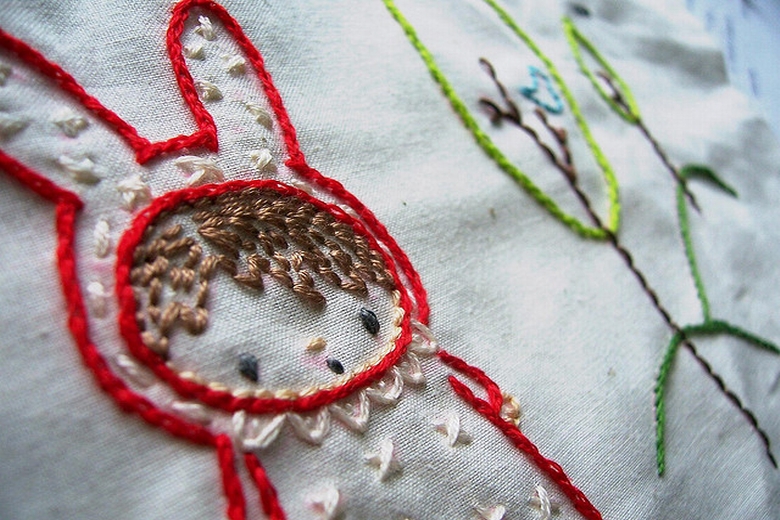






Comments
Submit Comment